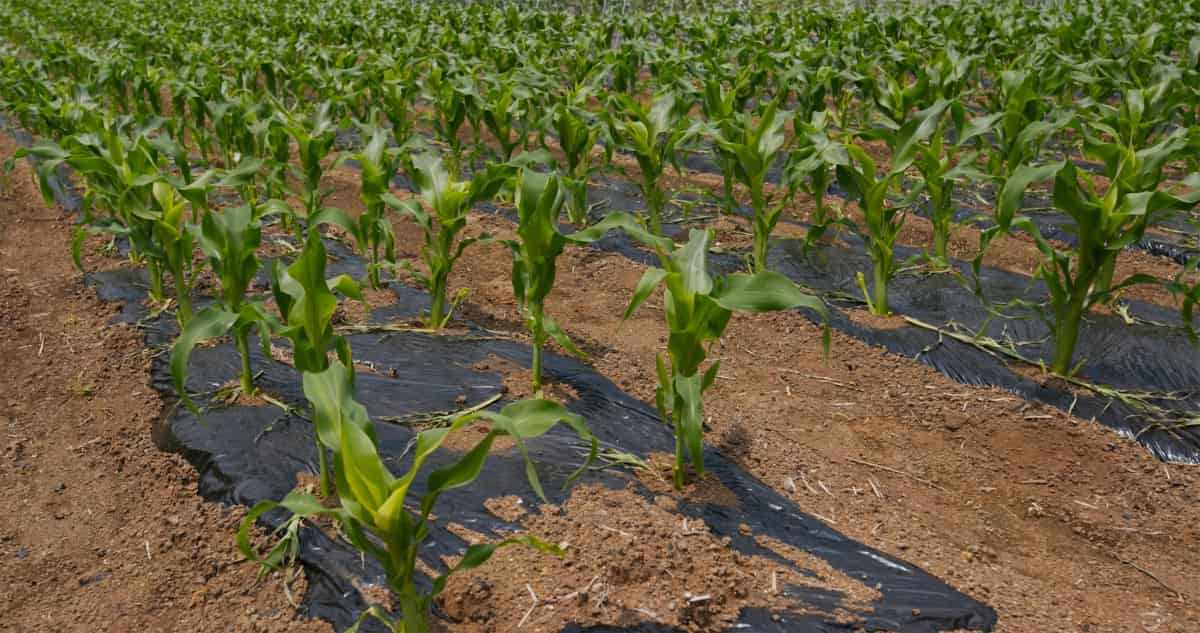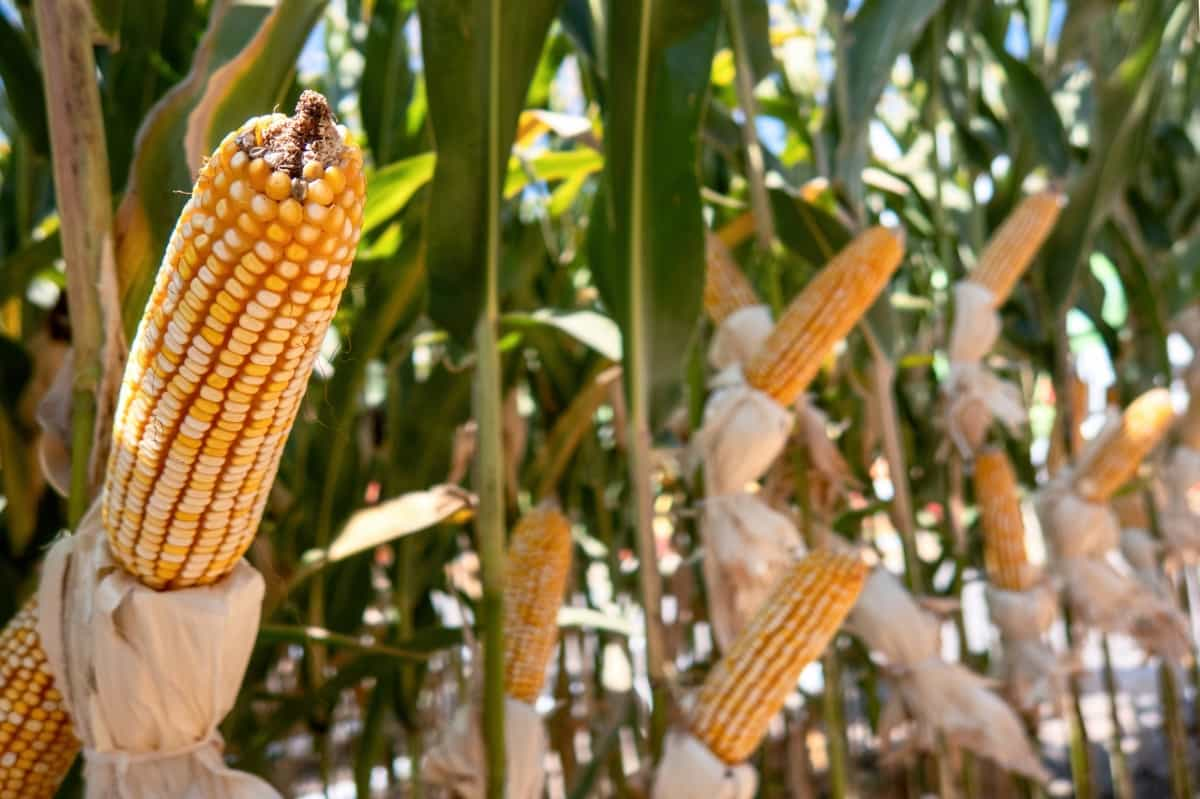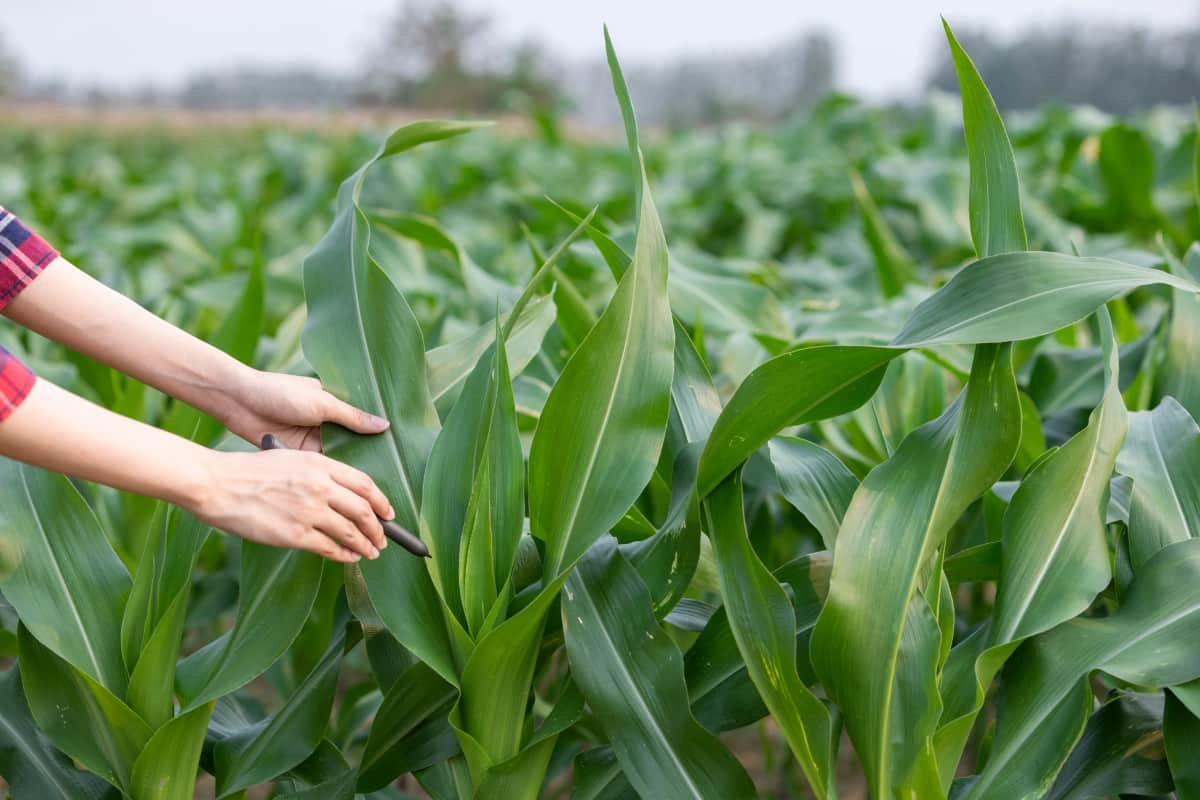Nebraska is often referred to as the “Cornhusker State,” and for good reason. It is one of the top producers of corn in the United States, with farmers dedicating millions of acres to this vital crop. Corn is not only a staple food for humans but also an essential feed for livestock and a critical component in biofuels. In this article, we will explore the entire process of corn cultivation in Nebraska, from seed selection and planting to harvesting and post-harvest activities.

How to Grow Corn in Nebraska
Seed Selection and Preparation
The first step in corn cultivation is choosing the right seed. Nebraska farmers typically select seeds based on factors such as yield potential, disease resistance, and maturity time. Many farmers also choose genetically modified (GM) corn varieties to resist pests, diseases, or specific herbicides.
Before planting, farmers test the germination rate of the seeds to ensure a high success rate. Farmers commonly grow dent corn in Nebraska, known for its high yield and versatility in industrial applications, and sweet corn, which is popular for its tender, flavorful kernels and enjoyed as a fresh or processed food product.
Field Preparation and Fertilization
The quality of the soil is essential for corn growth. Nebraska’s fertile soils are generally well-suited for corn cultivation, but farmers must prepare the land before planting. This includes tilling the soil to break up clumps and remove weeds. Farmers also apply fertilizers, such as nitrogen, phosphorus, and potassium, to supply the necessary nutrients for the corn plants to grow. Soil tests are conducted to determine the appropriate fertilizer rates for each field.
Planting
Nebraska corn planting may start in April or May, depending on the year and weather. Farmers use specialized planters, which place the seeds at the desired depth (typically about 2 inches) and spacing (around 6 inches apart within rows, with rows 30 inches apart). Proper seed placement is crucial to ensure good germination and uniform crop emergence.
Irrigation
Nebraska’s semi-arid climate means that irrigation is often necessary to provide adequate water for corn growth. Farmers rely on various irrigation systems, such as center pivot, surface, or subsurface drip irrigation. The choice of system depends on factors like field size, soil type, and available water sources.
Efficient water management is vital to conserve resources and maintain crop health. On average, corn needs about 20-25 inches of water per growing season, which includes both rainfall and supplemental irrigation. Efficient water management, including the use of modern irrigation systems, is crucial to ensure optimal corn growth and conserve water resources in the semi-arid climate of Nebraska.
In case you missed it: How to Start Corn Farming in Wisconsin: A Step-By-Step Production Guide for Planting to Harvest

Pest and Disease Management
Corn crops are susceptible to various pests and diseases that can reduce yields and affect quality. Common pests in Nebraska include corn rootworms, European corn borers, and aphids. Farmers employ integrated pest management (IPM) strategies to manage these pests, such as crop rotation, biological control, and the use of GM crops resistant to specific pests.
Fungicides and insecticides may also be applied when necessary. Diseases affecting corn crops in Nebraska include northern corn leaf blight, gray leaf spot, and Goss’s wilt. Farmers employ various strategies to minimize the impact of these diseases, such as planting resistant varieties, rotating crops, and applying fungicides when needed.
Weed Management
Weeds compete with corn plants for nutrients, water, and sunlight, reducing overall crop yield. Farmers in Nebraska implement various weed control strategies, including mechanical cultivation, cover crops, and the use of herbicides. GM corn varieties that are resistant to specific herbicides, such as glyphosate, allow for efficient weed control with minimal impact on the corn plants.
Monitoring and Scouting
Farmers monitor their fields throughout the growing season to assess crop health, identify potential issues, and make timely pest, disease, and weed management decisions. Scouting involves regular field inspections to check for signs of pests, diseases, nutrient deficiencies, or other problems. Data collected during scouting can inform farmers’ management decisions and help optimize yields.
Harvesting
Corn harvesting in Nebraska typically begins in late September and continues through October or November, depending on the weather and the crop’s maturity. The corn must reach a certain moisture content (usually between 15% and 25%) before it can be harvested. Farmers use specialized machinery called combines to harvest the corn. These machines separate the corn kernels from the cob and the rest of the plant while simultaneously chopping the stalks and spreading them on the field as residue.
Post-Harvest Activities
After the corn is harvested, it must be stored, dried, or transported to a processing facility. Proper storage is crucial to prevent spoilage, insect infestations, and fungal growth. Farmers may use on-farm storage bins or transport the corn to commercial grain elevators. Drying is often necessary to reduce the moisture content of the corn to a safe level for storage (around 13% to 15%). This can be done using on-farm or commercial grain dryers.
Corn Growth Stages in Days
Corn growth can be divided into stages with specific characteristics and development timelines. Germination occurs within 5-10 days after planting, depending on soil temperature and moisture. The emergence stage follows, with the first leaves becoming visible above the soil. By day 21, the corn reaches the V6 stage, characterized by six visible leaf collars. The rapid growth phase begins around day 30 and continues until day 60, during which the plant undergoes significant vegetative growth and the stalk elongates.
The tasseling stage, when the male flowers appear, occurs around day 65-70, followed by silking (the emergence of the female flowers) within the next few days. The pollination stage, crucial for kernel formation, spans from day 70 to 80. Finally, the corn reaches physiological maturity around day 120-150, depending on the variety, at which point the kernels achieve maximum dry weight, and the plant is ready for harvest.
In case you missed it: How to Start Corn Farming in North Carolina: A Step-By-Step Production Guide for Planting to Harvest

Conclusion
Despite the challenges, Nebraska farmers continue to excel in corn production, ensuring a reliable supply of this essential crop for food, feed, and fuel. As global demands shift and new technologies emerge, the Cornhusker State will remain at the forefront of corn agriculture, adapting to changes and leading the way in sustainable farming practices.
- Feed Your Flock for Less: Top 10 Tips to Save on Chicken Feed
- Ultimate Guide to Ossabaw Island Hog: Breeding, Raising, Diet, and Care
- Hatching Answers: The Top 10 Reasons Your Chickens Aren’t Laying Eggs
- Eggs and Economics: Breaking Down the Cost of Raising Backyard Chickens
- Defend Your Greens: Proven Methods to Keep Iguanas Out of Your Garden
- Ultimate Guide to Cinnamon Queen Chicken: A Comprehensive Guide for Beginners
- Ultimate Guide to California Tan Chicken: Breeding, Raising, Diet, Egg-Production and Care
- Ultimate Guide to Marsh Daisy Chicken: Breeding, Raising, Diet, and Care
- 10 Types of Chicken Farming Businesses You Can Start for Profits